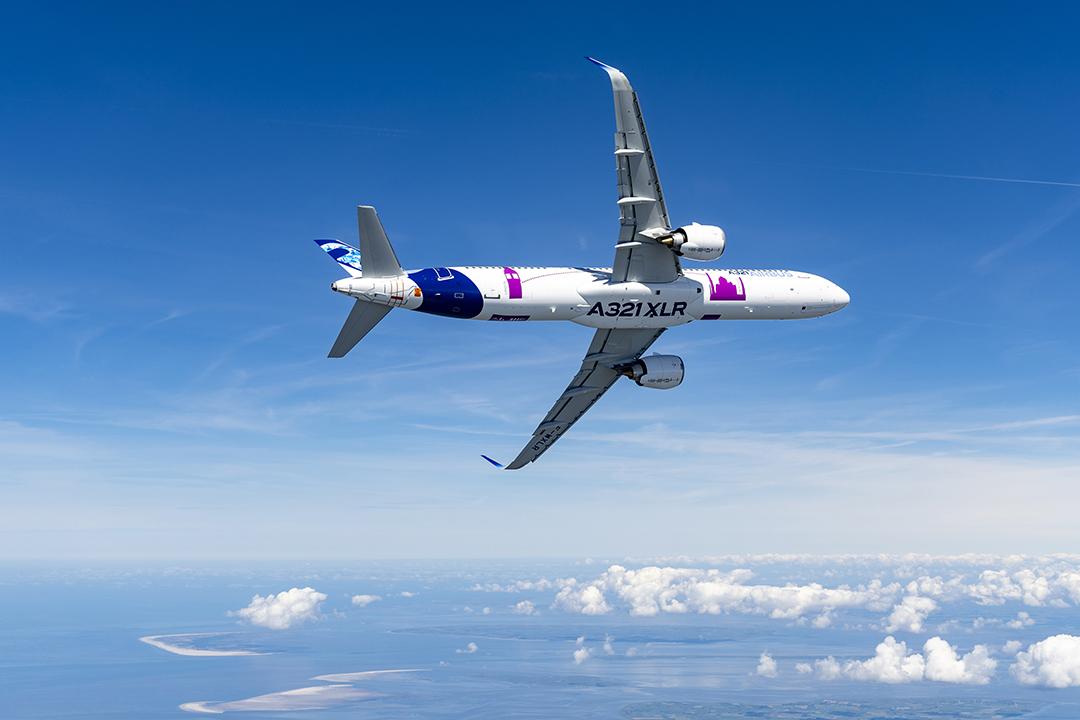
Credit: Airbus / Sylvain Ramadier
Airbus expects global air travel to grow by a 3.6% compound annual growth rate over the next 20 years, according to the latest edition of its global market forecast (GMF) issued July 11 in the run-up to the Farnborough Airshow. The forecast is a significant cut to the guidance given in the 2021 GMF...
Subscription Required
This content requires a subscription to one of the Aviation Week Intelligence Network (AWIN) bundles.
Schedule a demo today to find out how you can access this content and similar content related to your area of the global aviation industry.
Already an AWIN subscriber? Login
Did you know? Aviation Week has won top honors multiple times in the Jesse H. Neal National Business Journalism Awards, the business-to-business media equivalent of the Pulitzer Prizes.





